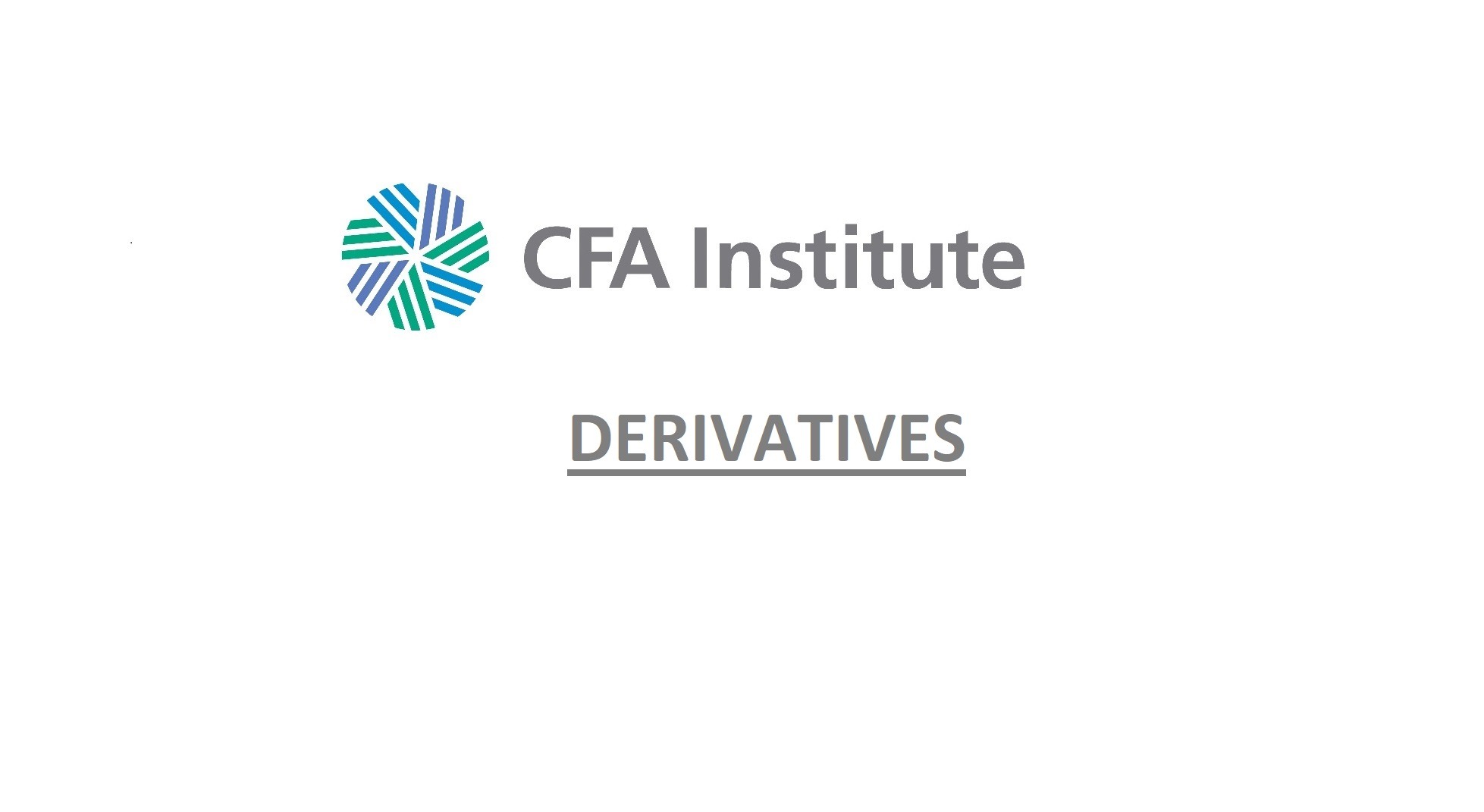The majority of investable asset value and FX transactions are in the six largest developed market currencies. Transactions in other currencies pose additional challenges because of:
- higher transaction costs, “high markups”
- the increased probability of extreme events
Examples:
- Low trading volume leads dealers to charge larger bid/asked spreads. The problem is compounded as the spreads tend to increase even further during periods of financial crisis.
- Liquidity can be lower and transaction costs higher to exit trades than to enter trades. Consider the carry trade that leads investors to gradually accumulate long positions in higher yield emerging market currencies. During periods of economic crises, the majority of those investors may attempt to exit a carry trade at the same time, driving the value of the emerging market currency down below its fundamental value and disrupting normal trading activity.
- Transactions between two emerging market currencies can be even more costly. Few dealers have the expertise to directly make a market between the currencies of smaller markets.
- Emerging market currencies return distributions are non-normal with higher probabilities of extreme events and negative skew of returns. Many trading strategies and risk measures assume a normal distribution and are, therefore, flawed.
- The higher yield of emerging market currencies will lead to large forward discounts. This produces negative roll yield for investors who need to sell such currencies forward.
- Contagion is common. During periods of financial crisis the correlations of emerging markets with each other and with their currencies tend to converge toward +1.0. Both emerging markets and their currencies have declined as a group. At the very time diversification is most needed, it tends to disappear.
- There is tail risk; the governments of emerging markets tend to actively intervene in the markets for their currencies, producing long periods of artificial price stability followed by sharp price movements when market forces overwhelm the government’s capacity to intervene. The “tail risk” refers to these negative events occurring more frequently than would be assumed in the normal distribution.
Non-deliverable forwards (NDFs): Emerging market governments frequently restrict movement of their currency into or out of the country to settle normal derivative transactions. Such countries have included Brazil (BRL), China (CNY), and Russia (RUB). NDFs are an alternative to deliverable forwards and require a cash settlement of gains or losses in a developed market currency at settlement rather than a currency exchange.
A benefit of NDFs is lower credit risk because delivery of the notional amounts of both currencies is not required. Only the gains to one party are paid at settlement.
An additional point to consider with NDFs is that they exist because the emerging market government is restricting currency markets. Changes in government policy can lead to sharp movements in currency values (i.e., there is tail risk).
